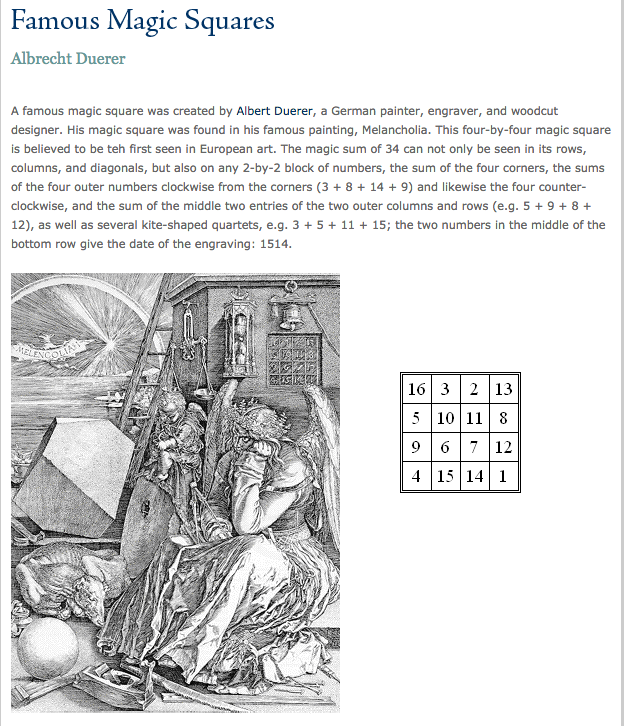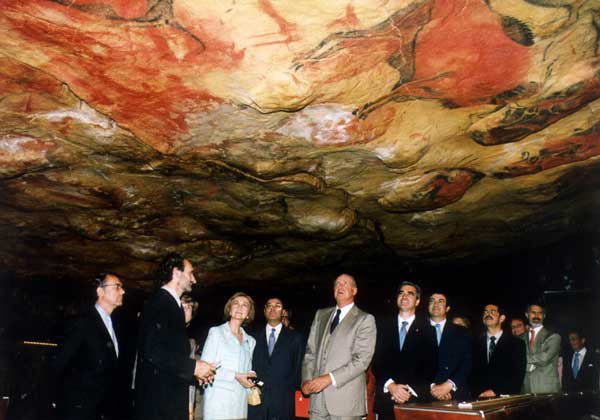Dong Kingman
The United States Information Service (USIS)
was in Beach Street Penang in the fifties. It was a place for many youngsters
like me who liked to look at interesting printed stuff. It ran weekly films.
Among one of these was a documentary on Dong Kingman, the watercolourist. I
just loved the look of his simple drawings and colours. I was about twelve
years old. Later on Dong Kingman came in person to draw in situ. Among the crowds,
I caught a glimpse of him in Magazine Road doing quick sketches. I was too young
to grasp the significance of this occasion.
Now I have the opportunity to examine closely the works of the man.
What a lively man! Such an eye for the character of place and a situation. Such masterly placement of his shapes. Such playful application of his colours. He can tease out the glow and caress into being the many nuences of the surface of skin and bark and stones. His clouds whisper. The leaves he brushes rustle. His water dances and excites. All these expressed with swift deft strokes.
Now I have the opportunity to examine closely the works of the man.
What a lively man! Such an eye for the character of place and a situation. Such masterly placement of his shapes. Such playful application of his colours. He can tease out the glow and caress into being the many nuences of the surface of skin and bark and stones. His clouds whisper. The leaves he brushes rustle. His water dances and excites. All these expressed with swift deft strokes.
Here enjoy the works of an amazing artist.
Dong Kingman
From Wikipedia, the free encyclopedia
From Wikipedia, the free encyclopedia
Dong Kingman (Chinese: 曾景文, 31 March 1911 - 12 May 2000) was a Chinese American artist and one of America's leading watercolor masters. As a painter on the forefront of the California Style School of painting, he was known for his urban and landscape paintings as well as his graphic design work in the Hollywood film industry. He has won widespread critical acclaim and his works are included in over 50 public and private collections worldwide, including Metropolitan Museum of Art, Museum of Fine Arts, Boston; Brooklyn Museum; deYoung Museum and Art Institute, Chicago.
Overview
Dong Kingman was born Dong Moy Shu in Oakland, California, the son of Chinese
immigrants from Hong Kong. At the age of five, he travelled with his family back to Hong Kong where his father established a dry goods business. He began his formal education at the Bok Jai School, where he was given a school name in accordance with Chinese customs. Hearing that he aspired to be an artist, his instructor gave him the name "King Man" (lit. "scenery" and "composition" in Cantonese). He would later combine the two names into Kingman, placing his family name first in accordance with Chinese naming conventions, creating the name Dong Kingman.
Dong Kingman was born Dong Moy Shu in Oakland, California, the son of Chinese
immigrants from Hong Kong. At the age of five, he travelled with his family back to Hong Kong where his father established a dry goods business. He began his formal education at the Bok Jai School, where he was given a school name in accordance with Chinese customs. Hearing that he aspired to be an artist, his instructor gave him the name "King Man" (lit. "scenery" and "composition" in Cantonese). He would later combine the two names into Kingman, placing his family name first in accordance with Chinese naming conventions, creating the name Dong Kingman.
Kingman continued
his education at the Chan Sun Wen School, where he excelled at calligraphy and
watercolor painting. He studied under Szeto Wai, the Paris-trained head of the
Lingnan Academy. It was under Szeto's instruction that Kingman was first
exposed to Northern European trends. Kingman would later state that Szeto was
his "first and only true influence."
Kingman returned
to the United States in his late teens. In 1929 he attended the Fox Morgan Art
School while holding down a variety of jobs. It was at this time that he chose
to concentrate on watercolor painting.
His critical
breakthrough occurred in 1936, when he gained a solo exhibition at the San
Francisco Art Association. This exhibition brought him national recognition and
success.
In the late 1930s,
Kingman served as an artist in the Works Progress
Administration,[1] painting
over 300 works with the relief program. He served with the U.S. Army as an
artist during World War II
in the Office of Strategic
Services[1]
at Camp Beal, California and Washington, D.C. In 1941 and 1942 Kingman received
the Guggenheim Fellowship.
Kingman settled in
Brooklyn, New York
after the war, where he held a position as an art instructor at Columbia University
and Hunter College
from 1946 for the next ten years. In New York he was associated with Midtown,
Wildenstein and Hammer galleries.
During the 1950s,
Kingman served as a United States cultural ambassador and international
lecturer for the Department of State.
In the 1950s and 60's, Kingman worked as an illustrator in the film industry,
designing the backgrounds for a number of major motion pictures including
"55 Days at Peking",
The Sand Pebbles
and the Hollywood adaptation of "Flower Drum Song".
Over 300 of his film-related works are permanently housed at the Fairbanks
Center for Motion Picture Study at the Margaret Herrick Library of the Academy of Motion
Picture Arts and Sciences in Beverly Hills,
California.
In 1981, Kingman
made history as the first American artist to be featured in a solo exhibition
following the resumption of diplomatic relations between the U.S. and China
when the Ministry of Culture of the People's Republic of
China hosted a critically acclaimed exhibition that drew over 100,000
people.
The 1990s saw
major exhibitions in Taiwan at the Taipei Modern Art Museum in
1995 and the Taichung
Provincial Museum in 1999.
Dong Kingman died of natural causes in his home
in New York City in 2000.



























Comments
Post a Comment